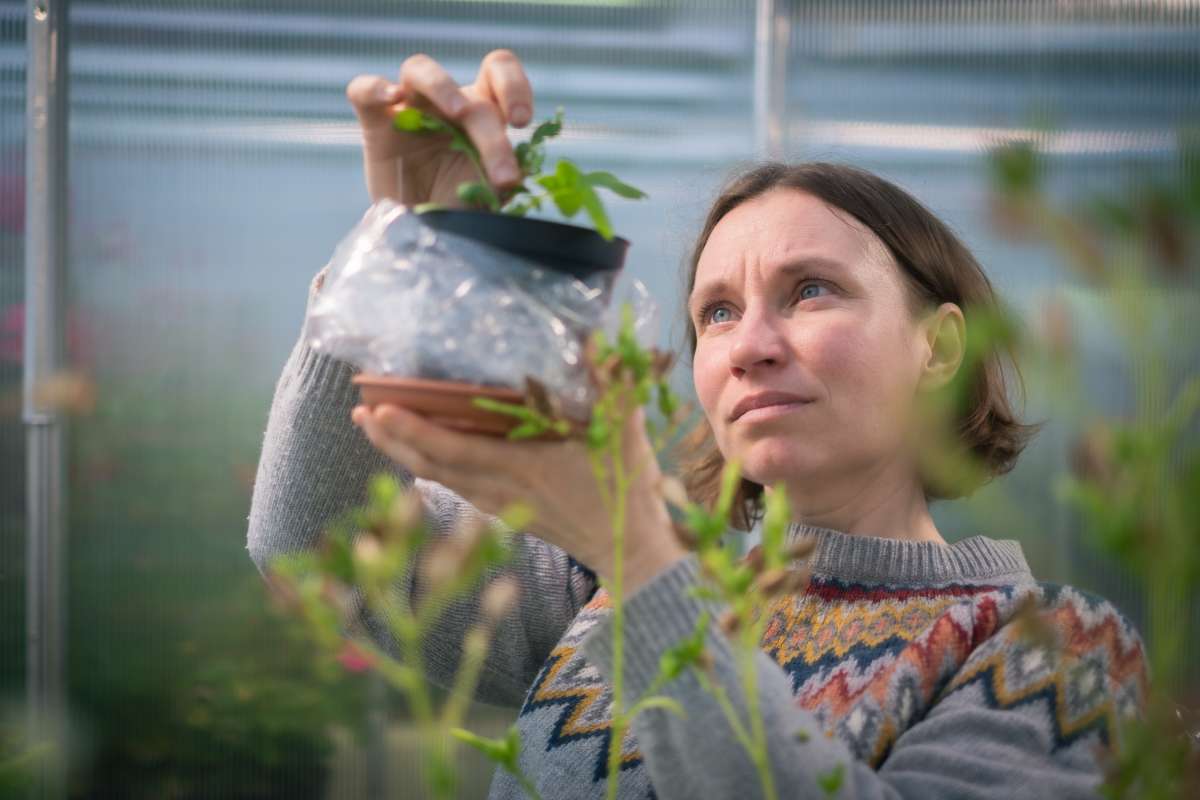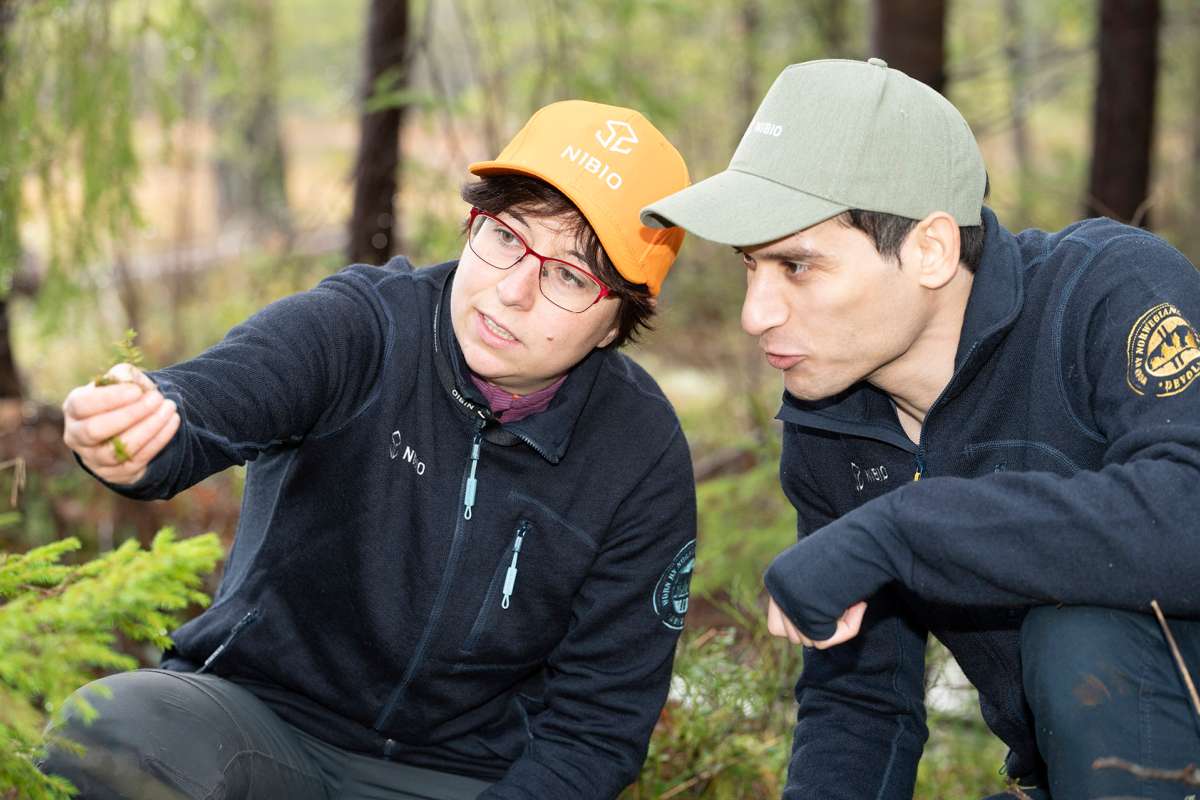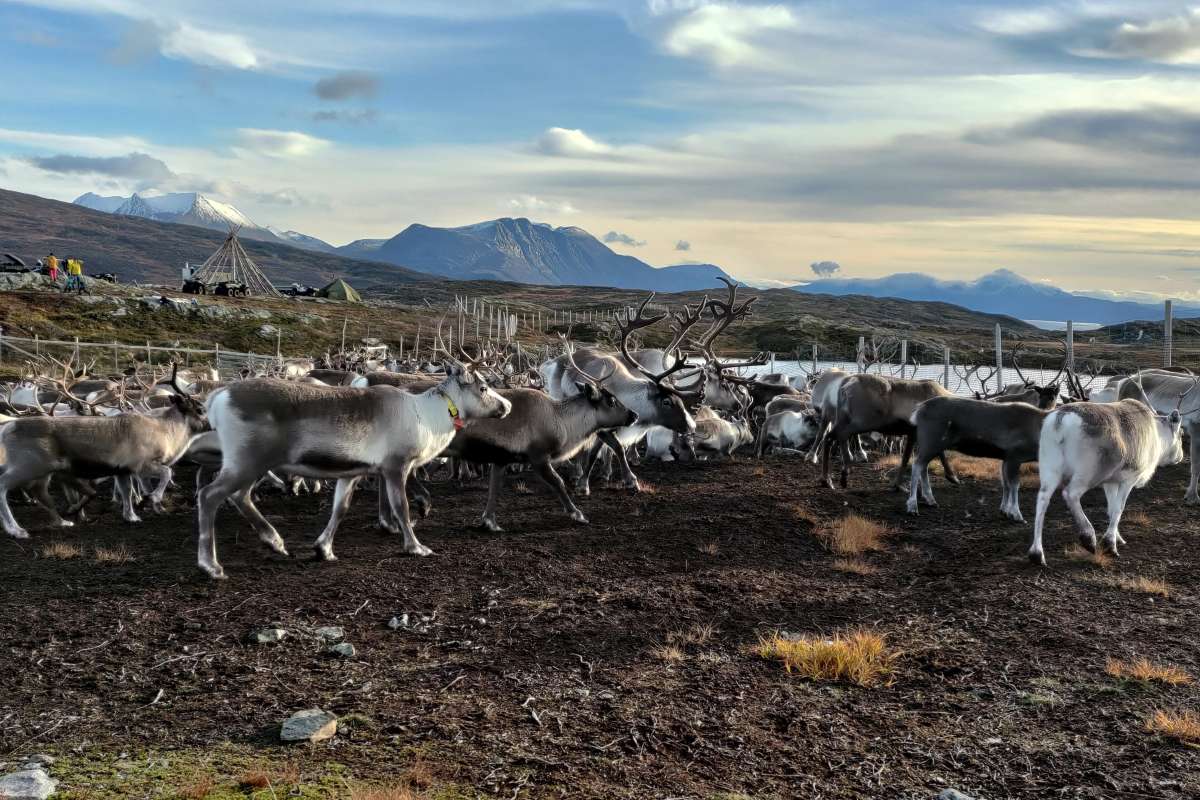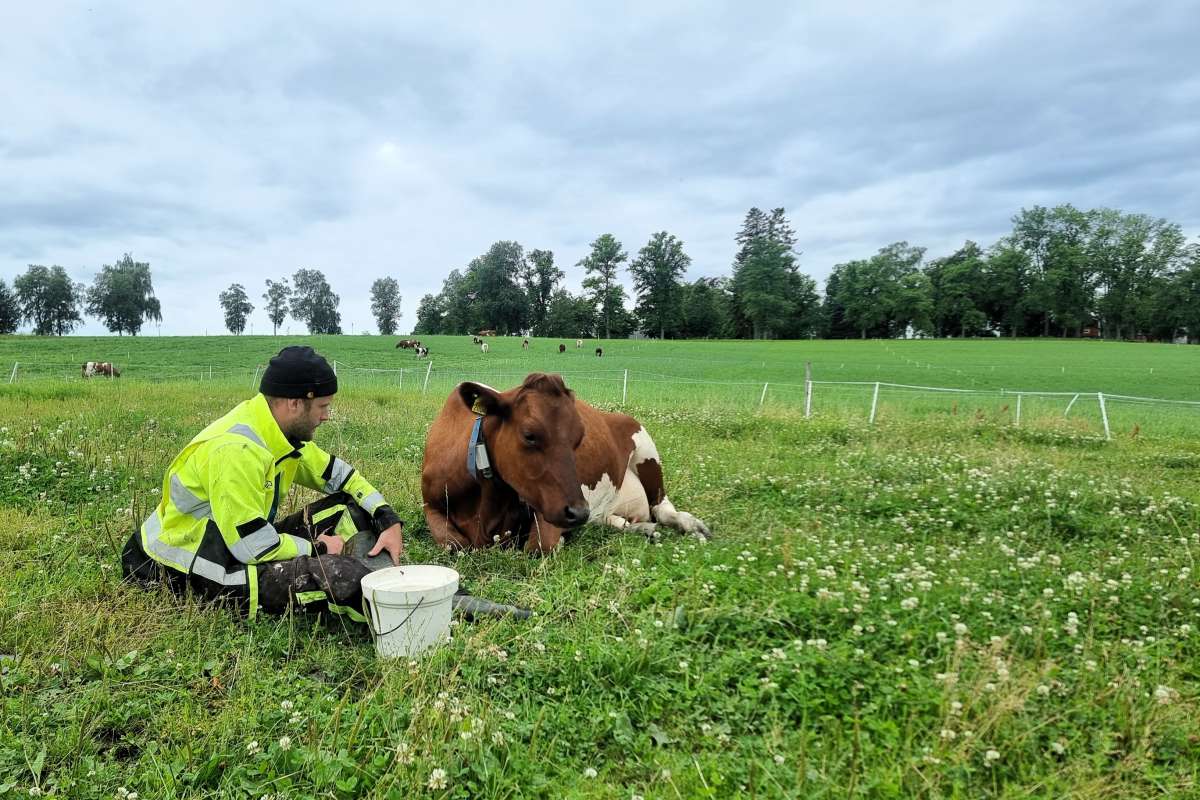The rise of crowberry in northern Norway: an ecological challenge
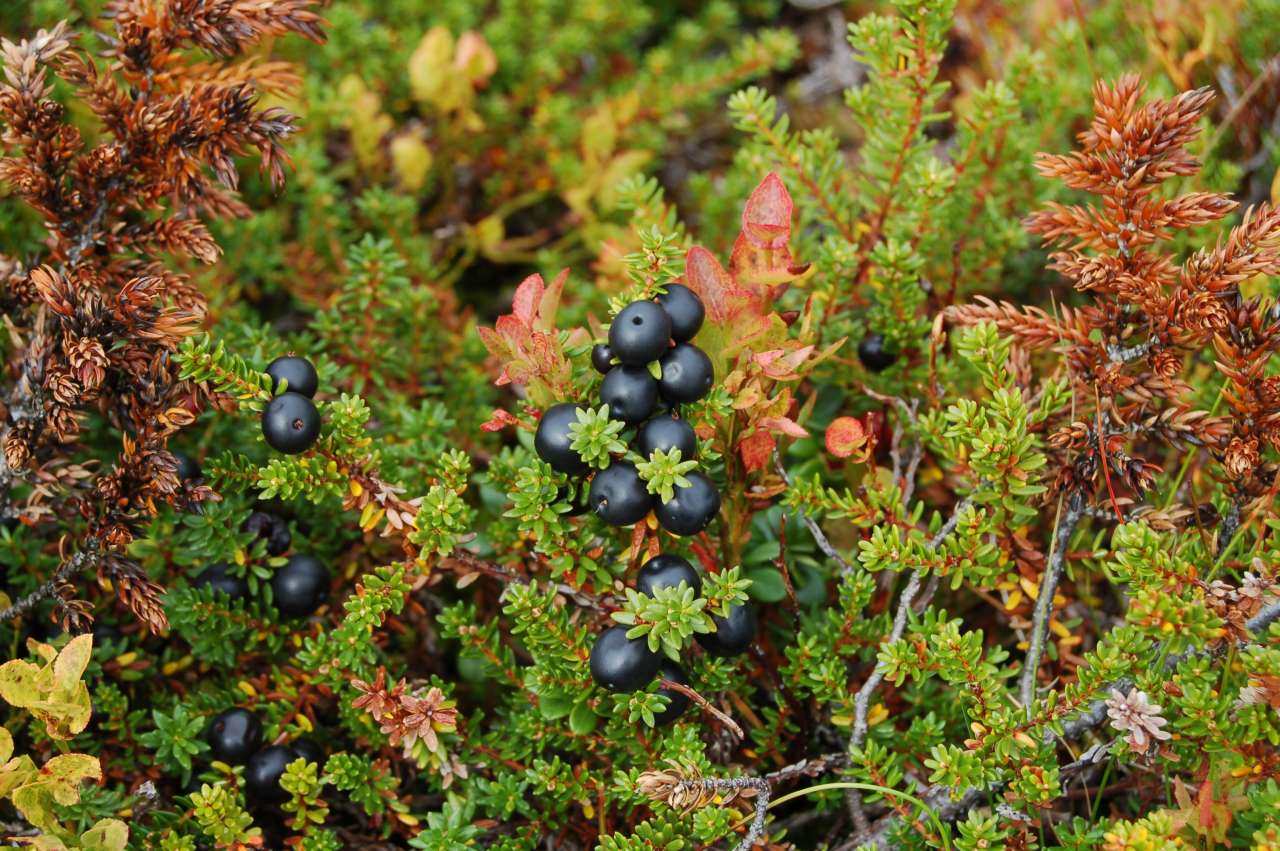
Crowberries are rich in antioxidants. In Norway, the berries are commonly used in jams, juices, and desserts. Photo: Finn Måge / NIBIO
In northern Norway, a significant ecological transformation is underway, drawing attention from scientists and local communities alike. Crowberry, a native evergreen plant, is spreading throughout the region, significantly altering the landscape and the ecosystem services it provides.
Known for its glossy black berries and antioxidant properties, crowberry (Empetrum nigrum) is not just a plant with health potential, but also a growing concern.
Over the past 50 years, heathland areas in northern Fennoscandia have undergone significant changes. Shrubs like heather and bilberry, which once comprised 60% and 35% of their respective heathlands, now make up less than 25%. Crowberry has become the dominant plant across nearly all heathland types.
Other vegetation types have also changed considerably. Since the early 2000s, the abundance of crowberry has increased by an average of 60%. This shift has led to what can be described as a “green desert effect”, converting landscapes into vast areas of crowberry.
Leading the investigation into these ecological changes for the past years, is the MONEC project (To manage or not: assessing the benefit of managing ecosystem disservices). This initiative has tracked the significant rise in crowberry’s dominance across twenty reindeer grazing districts in Troms and Finnmark counties.
“By comparing current vegetation with surveys from the 1970s and 2003, we’ve gained valuable insight into the transformation of these areas,” says Dr Kari Anne Bråthen, project manager and professor of ecology at UiT – The Arctic University of Norway.
“There were expectations that a diverse array of plant species—herbaceous, flowering plants and grasses, in other words plants that are essential food sources for a diverse range of wildlife—would become more abundant with the warming climate. This, however, is not what we found. Only woody species have gained in abundance, with crowberry now being by far the dominant plant in the areas we have resurveyed.”
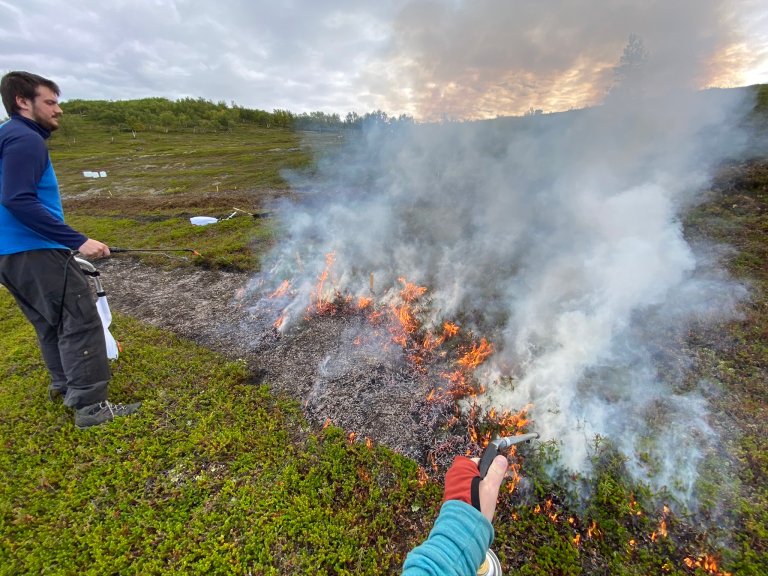
Multiple ecological dynamics at play
While the spread of crowberry coincides with climate change, multiple ecological dynamics may also contribute to its expansion. The spread is notably independent of grazing pressures, challenging traditional viewpoints on vegetation control through natural grazing.
“Climate change could contribute to crowberry’s increasing coverage by creating conditions favourable for evergreen species, with longer growing seasons and milder winters,” says Dr Bråthen.
“That said, one would think warmer and longer growing periods would benefit other native evergreen species in the region too, such as lingonberries. But this doesn’t seem to be the case in crowberry-dominated areas.”
One explanation for this, is that crowberry possesses biological traits that aid its expansion. Among other things, it is clonal: it branches and then roots its branches over vast areas.
The plant also seems to thrive in harsh conditions, and releases biochemicals that inhibit the new establishment of competing plants. This suppression of other plant species creates significant challenges for restoring and maintaining diverse ecosystems.
.JPG)
Great for some but not for others
Crowberries are rich in antioxidants. In Norway, the berries are commonly used in jams, juices, and desserts, and are appreciated for their potential health benefits, including improving vision and boosting the immune system, due to their high content of vitamins and polyphenolic compounds.
However, the plant’s rapid spread is reducing biodiversity, forming large, homogenous areas that lack the variety these ecosystems once had. This presents clear challenges for pastoral systems since herbivores such as reindeer must bypass much more crowberry than before in order to find other food.
“Reindeer in Norway and other northern regions consume crowberry leaves and berries as part of their diet, especially when other food sources are sparse,” says Dr Bråthen. “While crowberry provides some sustenance, the leaves have low nutrient content. Hence it is not a preferred forage plant for reindeer, if they can choose.”
Dr Victoria Gonzalez, adviser at the Svanhovd unit of the Norwegian Institute for Bioeconomy Research (NIBIO), highlights another impact of the crowberry expansion.
“Crowberry’s dominance reduces habitat availability for pollinating insects,” she says. “Unlike flowering plants that depend on insects for pollination, crowberry is wind-pollinated and does not produce nectar to support pollinators like bees. This can lead to a cascade of effects, impacting species that rely on these insects, thereby affecting broader ecological interactions.”
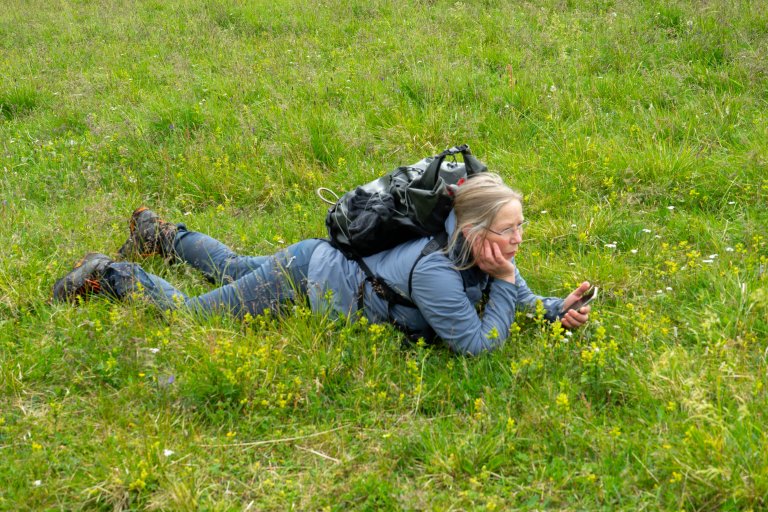
Allelopathic chemicals stay in soil
Detailed observations from the MONEC project emphasise how strongly crowberry influences ecosystems through its allelopathic properties: the plant’s leaves release chemicals that interfere with a range of other organisms.
“The long-term presence of these chemicals in the soil can hinder plant recovery, making ecological restoration challenging in areas where crowberry has been dominant. This inhibition can persist even after crowberry plants are removed, as the soil remains unfavourable for other species,” says Dr Gonzalez.
To address these ecological shifts, she recommends proactive management strategies, particularly in key grazing regions.
“Controlled burns, when implemented correctly, have shown promise in decreasing crowberry’s prevalence,” she says.
Physical removal of crowberry plants is another method that can prevent its establishment in new areas, especially if young plants are removed from areas where crowberry presence is still limited.
“We’ve also experimented with ways to protect diverse plant areas and enhance soil health by using natural fertilisers like seaweed and manure. The goal here is to promote the growth of varied plant species, and perhaps support the resilience of crowberry-prone ecosystems,” says Dr Gonzalez.
Proactive management could prove economically advantageous.
“Calculations show that controlled burns could ultimately save more than the costs related to supplemental feeding over a decade, benefitting reindeer herding communities,” says Dr Bråthen.
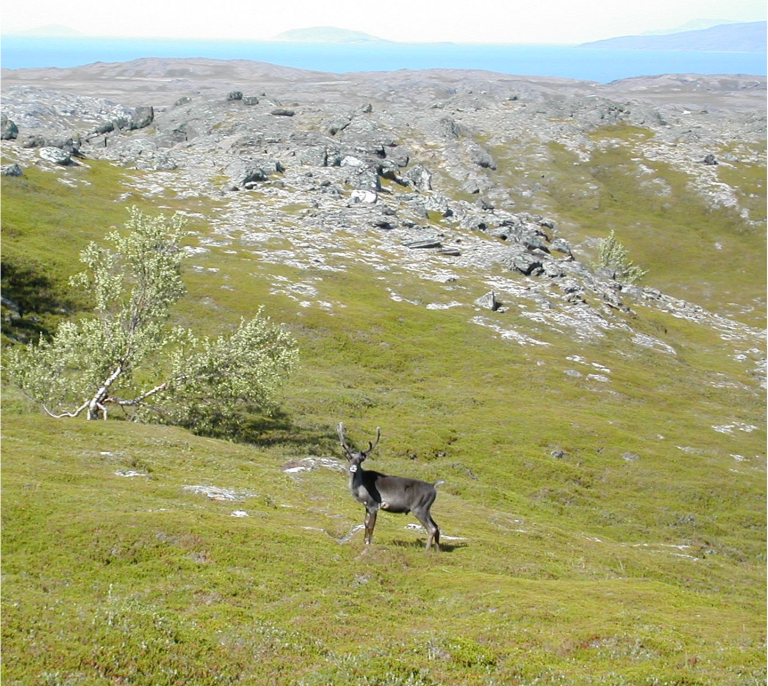
Collaboration is key in conservation
Despite some available strategies, managing the expansion of crowberry in northern Norway remains tricky. Understanding its growth processes is essential to develop more efficient management techniques.
“Aligning conservation efforts with management practices is a challenging balance,” says Dr Bråthen. “Efforts must integrate ecological preservation with practical land management objectives. Collaboration among stakeholders, including reindeer herders, researchers, conservationists, and policymakers, is vital to formulate unified and sustainable solutions.”
The complex dynamics surrounding crowberry’s growth underscore the need for informed and coordinated strategies that address ecological, economic, and cultural priorities. As crowberry continues to spread, proactive measures informed by comprehensive scientific research and community engagement are crucial for protecting these ecosystems.
“The goal is not to eradicate crowberry, but to ensure that the landscapes, particularly those not yet affected by crowberry, continue to support natural diversity and the important ecosystem services these areas provide,” says Dr Bråthen.
“This is important, not least given the insurance the plant diversity of these ecosystems represents in the face of climate change. [Plants] provide food for reindeer and wild herbivores. Areas where forbs and grasses flourish hold significant value and should be shielded from crowberry encroachment.”
Contacts

Victoria Gonzalez
Senior Adviser
-
Estates and Facilities
(+47) 916 84 166 victoria.gonzalez@nibio.no Office Location: Svanhovd
Links
Nhat PM, Armstrong CW, Bråthen KA, Tuomi M (2024) Controlling the stock or the habitat—The crisis of native invasive encroachment in the grazing land of Norwegian reindeer husbandry. Journal of Environmental Management 370: 122457. Bråthen KA, Tuomi MW, Kapfer J, Böhner H, Maliniemi T (2024) Changing species dominance patterns of Boreal-Arctic heathlands: evidence of biotic homogenization. Ecography 2024(6): e07116. Pilsbacher AK, Lindgård B, Reiersen R, González VT, Bråthen KA (2020) Interfering with neighbouring communities: Allelopathy astray in the tundra delays seedling development. Functional Ecology 35: 266–276.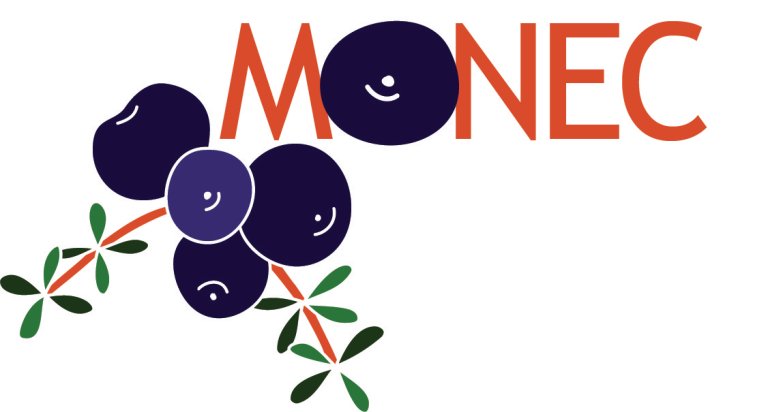
MONEC
The interdisciplinary project To manage or not: assessing the benefit of managing ecosystem disservices? (MONEC) has four main objectives:
To document the distribution—and recent changes in the distribution—of the allelopathic plant crowberry;
- To test the relationship between the distribution of crowberry and ecosystem services;
- To test management methods to reduce the distribution of crowberry in grazing lands for practitioners in reindeer herding and sheep farming, and;
- To assess the long-term ecological and economic benefits of managing a plant like crowberry.
MONEC has hosted both PhD and post doc positions at UiT – The Arctic University of Norway: Minh Nhật Phạm (Viktor) is conducting his PhD on bioeconomic modelling, and Maria Tuomi had led field campaigns and is conducting ecological modelling on ecosystem biodiversity and functioning.
The project is a Norwegian Research Council FRIPRO project running until April 2025 with NIBIO as main partner. Project leader is UiT – The Arctic University of Norway, represented by Professor Kari Anne Bråthen. Victoria Gonzalez from NIBIO is responsible for the practical implementation of a set of crowberry experiments.
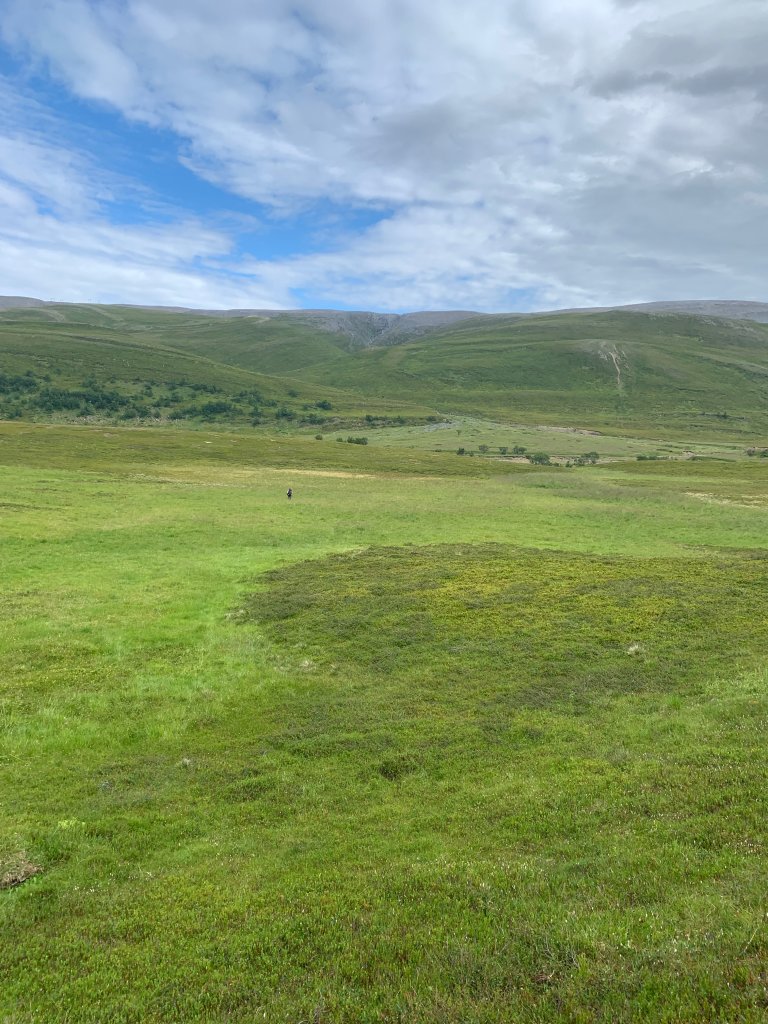
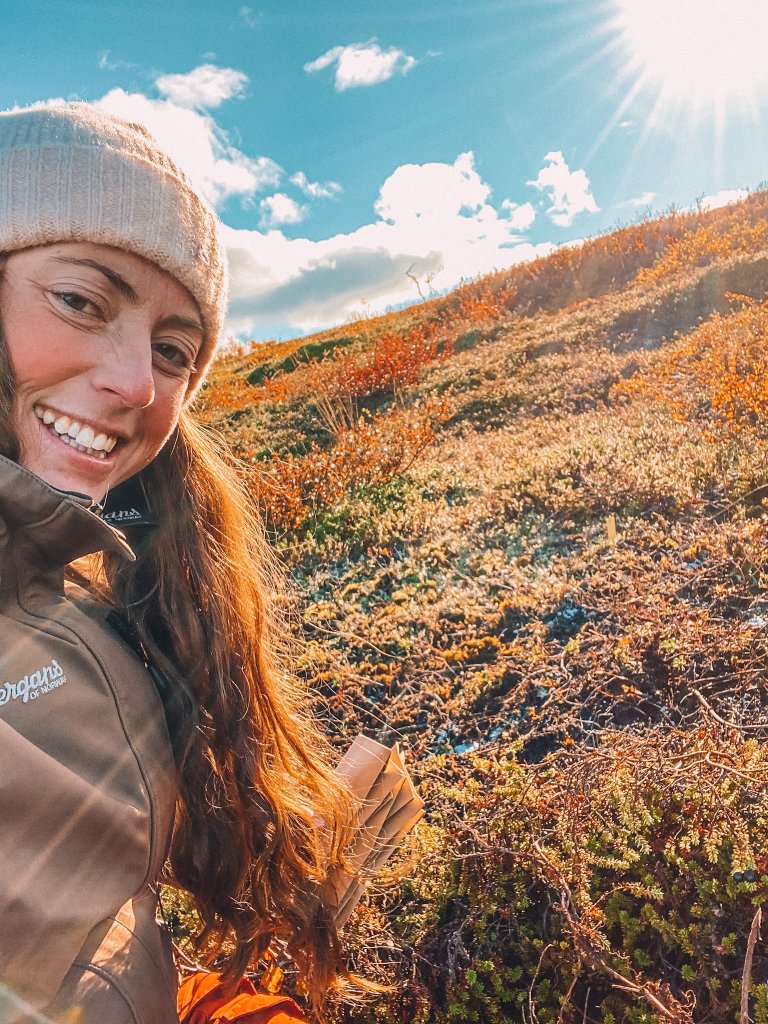
Contacts

Victoria Gonzalez
Senior Adviser
-
Estates and Facilities
(+47) 916 84 166 victoria.gonzalez@nibio.no Office Location: Svanhovd

